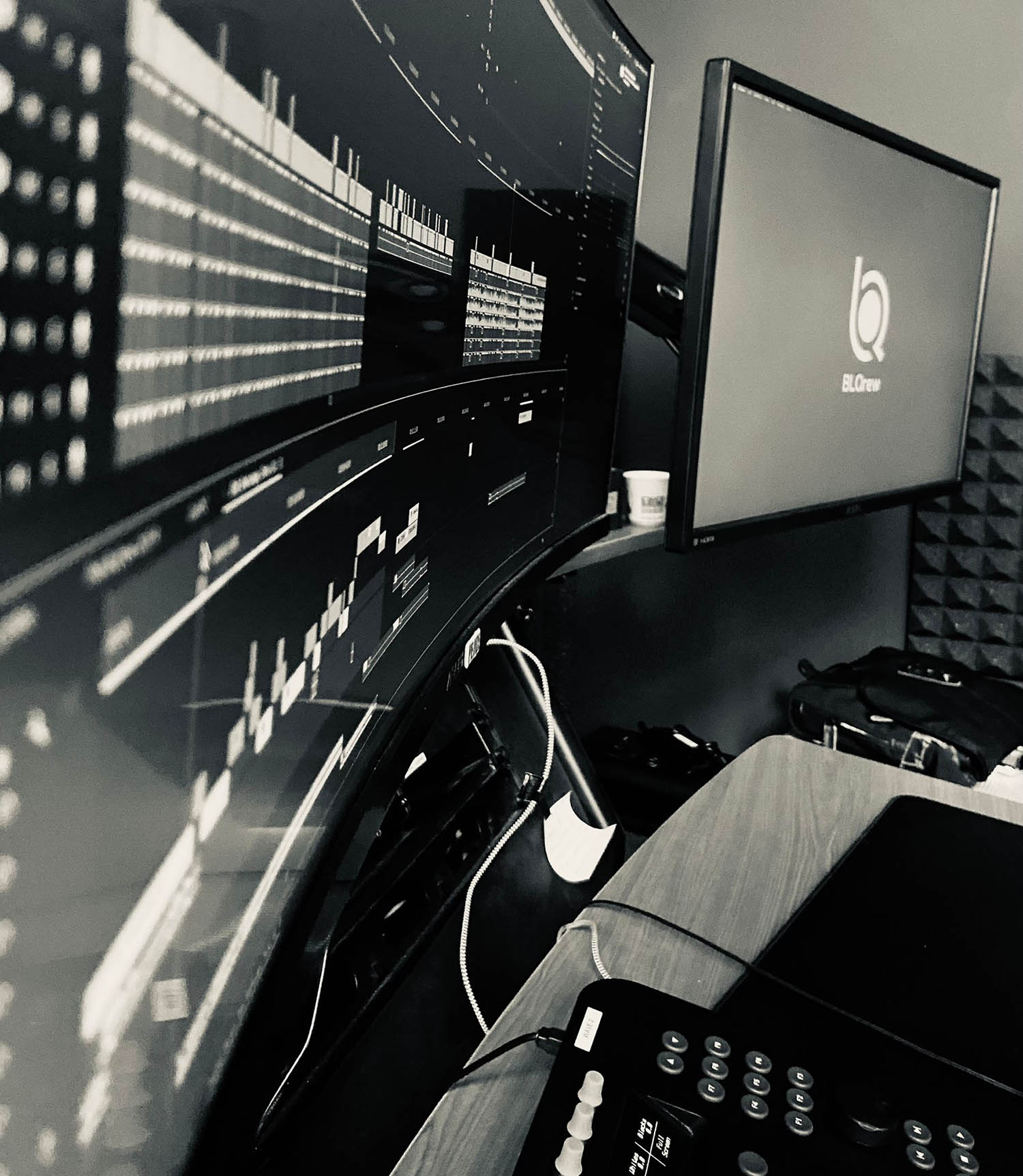Motion graphic: what you need to know
Motion graphic literally means graphic in movement. It’s that discipline that uses design to combine static images with animation effects to create a new product, in motion. The graphic designer – who in this case works with motion design – transfers their skills to the multimedia level, transforming elements such as texts, photographs, symbols and illustrations into animated graphics.
The difference with traditional animation lies in the fact that, in the latter, the illustrator works on the design of each frame, then assembles them to create an illusion of movement. With motion graphics, instead, it is the computer – with the programs it uses – that gives rise to the movement.
What skills should a motion designer have?
Creativity is not enough. Working with motion graphics means having a solid base of graphic design, familiarity with the most used 2D graphics software (Photoshop, Adobe Illustrator) but also with animation softwares, which can be for example Adobe Animate, After Effects and Adobe Premiere. It is also useful to have a basic knowledge of visual design, UX (User Experience) and UI (User Interface) design. The ability to write the video script and storyboard are another nice to have, fundamental for the success of the message and the aesthetics that the graphics want to convey. Motion graphics, however, also requires transversal skills, related to marketing and knowledge of social networks. These are important skills to be able to structure any moving graphics based on the message, target and platform on which it will be published.

The advantages of motion graphics
According to the Digital 2022 Global Overview Report by We Are Social, we spend about 7 hours a day online, 24 hours a month on YouTube and almost 20 on Tiktok. It goes without saying that the video mode is based on passive enjoyment by the viewer and does not require too much energy. For this reason it’s one of the most useful tools to capture the attention of a user and involve them in its narration. An animated video, moreover, is accessible by a very large audience, is immediate and able to communicate a complicated message with simplicity.
The advantages of using motion graphics, integrating it in your marketing strategy, are many: moving graphics are versatile because potentially adaptable to many types of content and as many platforms, from the web to social media. It also entails considerable economic savings, because it does not require actors, sets, crew and equipment. Finally, it is a great tool to consolidate the identity of your brand, using the company aesthetic and leveraging the storytelling ability of animated graphics.
How a company can use motion graphics
Motion graphics and animation techniques offer great possibilities for companies that want to integrate video marketing into their strategy. An animated graphic, crafted according to high quality and aesthetic standards, is a tool to strengthen your image and is an opportunity to update and keep up with the latest trends.
Motion graphic, however, is also an opportunity for companies to reach a wider audience, attracted by captivating content and a message expressed in an “unconventional” mode. Simplicity and entertainment, combined with a dynamic and interesting image and a high potential virality: this new tool of video marketing is literally conquering the corporate world, intrigued by the many possibilities it offers.
Did you know that, among other services, we also deal with motion graphics? Write to us and we will make your graphic in movement together!
